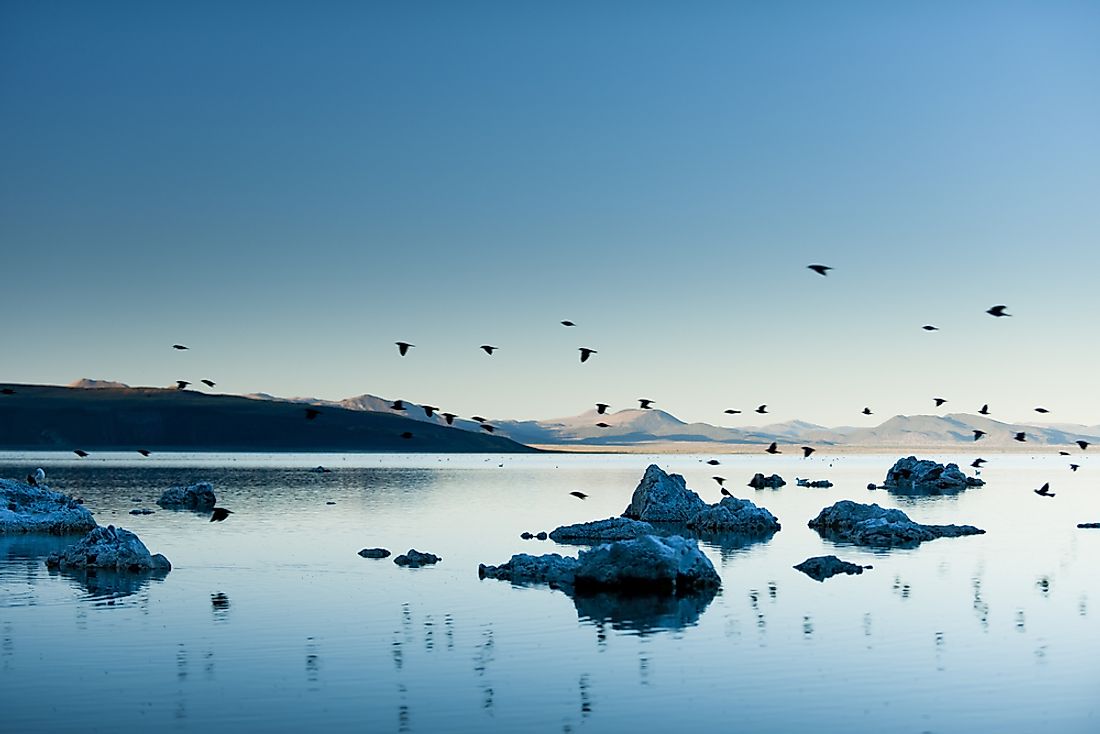What Are The California Water Wars?

The California Water Wars was a series of conflicts that took place in the early 20th century. The conflict arose when the mayor of Los Angeles came up with a plan to accommodate the growing needs of the city by importing water from elsewhere in California. The water wars have continued over the past century, with conflicts as recently as 2014.
Water Needs of Los Angeles
At the start of the 20th century, Los Angeles was a growing city hindered only by lack of access to water. Los Angeles mayor Frederick Eaton, having previously worked for the Los Angeles Water Company before becoming City Engineer in 1886 and mayor in 1898, knew that access to water was going to be a determining factor in the continual growth of the city. Together with his friend William Mulholland, superintendent of the Los Angeles Water Company and later the Los Angeles Water Department, Eaton worked to obtain the water rights to Owens Valley to transport water via aqueduct to the city.
At the time, the United States Reclamation Service, responsible for settling Owens Valley in the late 19th century with farmers and ranchers, was planning to build irrigation systems to help the farmers in the area. Using their connections, Eaton and Mulholland attempted to block these plans and buy the rights to the water in Owens Valley using a variety of underhand methods.
Needed to build across federal land, Eaton brought the dispute to Washington, D.C., where President Roosevelt sided with Eaton and the city of Los Angeles.
The Los Angeles Aqueduct
The construction of the aqueduct has been compared to that of building the Panama Canal. The 233-mile long aqueduct required 2,000 workers to dig 164 tunnels from 1907 to 1913.
By 1923, inflows to Owens Lake were being heavily diverted and by 1924, the lake was drying up. Conflicts between Mulholland and several angry farmers culminated in them dynamiting part of the system later that year, allowing water to return to Owens River.
From 1905 to 1930, the city of Los Angeles had been purchasing tracts of land from the farmers to gain access to the water of Owens Valley. By 1926, Owens Lake was completely dry and by 1928, 90% of the water in Owens Valley was owned by the city of Los Angeles.
The water needs of the city of Los Angeles continued to grow in the 1930s, resulting in the Los Angeles Department of Water and Power (LADWP), previously the Los Angeles Water Company, buying water rights and extending the aqueduct into the Mono Basin north of Owens Valley.
Mono Lake Controversy
The water diverted from the Mono Basin had previously fed Mono Lake. The water levels in the lake began to fall, exposing the many migratory birds that nested on the two islands in the lake to predators. The lake water also became more saline and alkaline, which threatened the brine shrimp that lived in the lake.
In 1977, a report on the changing ecosystem of the lake highlighted these issues and in response, a Mono Lake Committee was formed in 1978. The committee, along with the National Audubon Society, began a legal suit in 1979 against the Los Angeles Department of Water and Power which reached the California Supreme Court in 1983.
In 1994, the California State Water Resources Control Board (SWRCB) settled all legal cases by requiring the LADWP to raise the water levels in Mono Lake by 20 feet. At the time, the water levels in Mono Lake were 25 feet below the levels in 1941. However, as of 2011, the water levels in Mono Lake had only risen 13 feet.
Sacramento-San Joaquin River Delta
As of 2014, the water wars in California were ongoing. State and federal water projects had diverted water from the Sacramento-San Joaquin River Delta to central and southern California. As one of the largest estuaries in western North America, the Delta is home to hundreds of animal species. The water diversions had caused the Delta to be labeled the nation’s most endangered waterway system. Several species have gone extinct with many more on the brink of extinction.
Below-average rainfall over three consecutive years caused California to face its most severe drought in decades in 2014. The drought had a severe impact on the agricultural industry in Central Valley with half a million acres of farmland in danger of going fallow. A controversial bill, known as the Sacramento-San Joaquin Valley Emergency Water Delivery Act, was passed by the House on February 5th, 2014, would allow water to be continued to be diverted from the Sacramento-San Joaquin River Delta south to Central Valley, stopping 18 years of litigation over conservation efforts.











